Mid-Century Modern Furniture
In the middle of the 20th century, the world was experiencing a massive surge in design and technological innovation. This boom in creativity had a big influence on home design, specifically furniture. Mid-century modern furniture was an outgrowth of the post-war design movement, and it's still popular today. One of the key elements of this aesthetic was its hardware, a component that's often overlooked but crucial to the design of mid-century modern furniture. What is Mid-Century Modern? Mid-century modern furniture is a sleek, minimalist style that emerged in the years following World War II. It's characterized by simple lines, organic shapes, and diverse materials such as wood, metal, and plastic. This type of furniture was popularized by designers such as Charles and Ray Eames, George Nelson, and Eero Saarinen, and it has inspired countless designers in the decades since. The hardware of mid-century modern furniture is essential to the style, as it adds a functional yet minimalistic touch to the pieces. In this article, we'll go over the types of hardware used in mid-century modern furniture, how to identify them, and what makes them unique.

Hardware of Mid-Century Modern Furniture:
The hardware of mid-century modern furniture was intended to be as unobtrusive as possible. The focus was on functionality and accessibility, with clean lines and soft edges. Listed below are some of the most common types of hardware used in mid-century modern furniture.
- Handles: Handles were widely used on mid-century modern furniture, and their design was often inspired by the organic shapes of the period. Handles could be made of various materials including wood, metal, and plastic.
- Knobs: Like handles, knobs were also prevalent in mid-century modern furniture design. They were typically round or square and often made of materials like metal or plastic.
- Legs: The legs of mid-century modern furniture were a significant aspect of the design, often featuring flared or tapered shapes and some deeper curves. Materials used for legs included wood, metal, and plastic. Splayed legs and hairpin legs were particularly popular, giving furniture a distinct futuristic appearance.
- Pulls: Pulls were small and unassuming and were used to make opening drawers and cupboards much more manageable. They were typically made of metal and had a slick, minimalist design that complimented the rest of the piece.
- Hinges: Hinges allow doors and drawers to open seamlessly. Mid-century modern hinges were usually concealed, as the designers wanted to keep the focus on the overall design rather than the hardware. The hinges were typically made of metal or plastic.

Design Characteristics of Mid-Century Modern Hardware:
The hardware in mid-century modern furniture was designed to be functional while at the same time enhancing the overall aesthetic of the pieces. Below are some characteristics that distinguish mid-century modern hardware from other styles.
- Simplicity: Mid-century modern hardware was designed to be minimalist, with simple shapes and clean lines. The hardware was often just as much a part of the design of the furniture as the material and shape of the piece itself.
- Functionality: The hardware of mid-century modern furniture was meant to function well, typically with precision and ease of use. This included handles, hinges, and pulls that could be opened or closed without any effort.
- Materials: Materials were just as important to mid-century modern hardware design as the design itself. Such materials as wood, plastic, and metal, were used to create hardware that was functional, unique, and practical.
- Colors: The colors used in mid-century modern furniture hardware were also significant. Generally, muted and natural colors like silver, black, white, and brown were used to complement the organic, neutral colors of the furniture itself.

Identifying Mid-Century Modern Furniture Hardware:
To confirm whether a piece of furniture is mid-century modern, it is essential to start with the hardware. By paying close attention to the hardware, identification can be made much easier. Listed below are some key features to look out for when identifying mid-century modern furniture hardware.
- Lines and Shapes: If the hardware has smooth, simple lines and shapes, it could be a sign that it is mid-century modern hardware. Look for rounded or tapered legs, hairpin legs, and splayed legs.
- Materials: As mentioned before, mid-century modern furniture hardware was often crafted from metal, wood, and plastic. Look for these materials when examining the hardware.
- Colors: Mid-century modern hardware is typically monochromatic, with colors like brown, silver, white, and black being the most common.
- Design Details: Mid-century modern hardware was intended to be functional and sleek, without sacrificing details. Look for small features like grooves, textures, or rounded edges, which can make a significant difference in identifying whether the piece is mid-century modern.

Mid-century modern is a beloved style that has been around for over half a century. What sets it apart is that design was just as significant in the hardware as was the furniture's materials, shape, and structure. With the elements of simplicity, functionality, materials, and colors in mid-century modern furniture hardware, the beautiful furniture itself was created. The hardware of mid-century modern furniture is a beautiful addition to the style, ensuring that the furniture was not only aesthetically pleasing but also incredibly functional. The hardware gave the furniture a futuristic aesthetic that had never been seen before, and it had made its mark on the design world ever since. Understanding how to identify and appreciate mid-century modern furniture hardware is an essential aspect of interior design and can inspire new and innovative designs for the future.




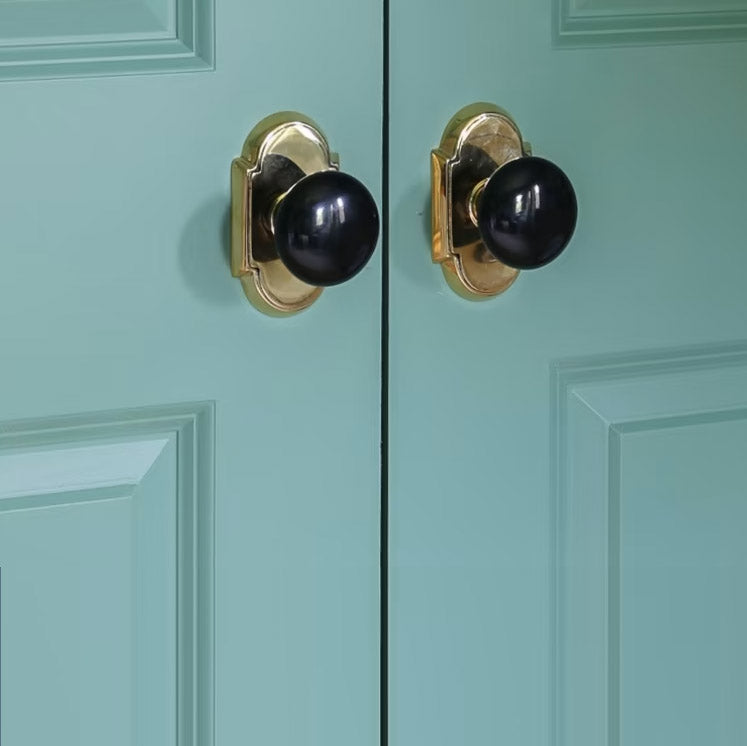
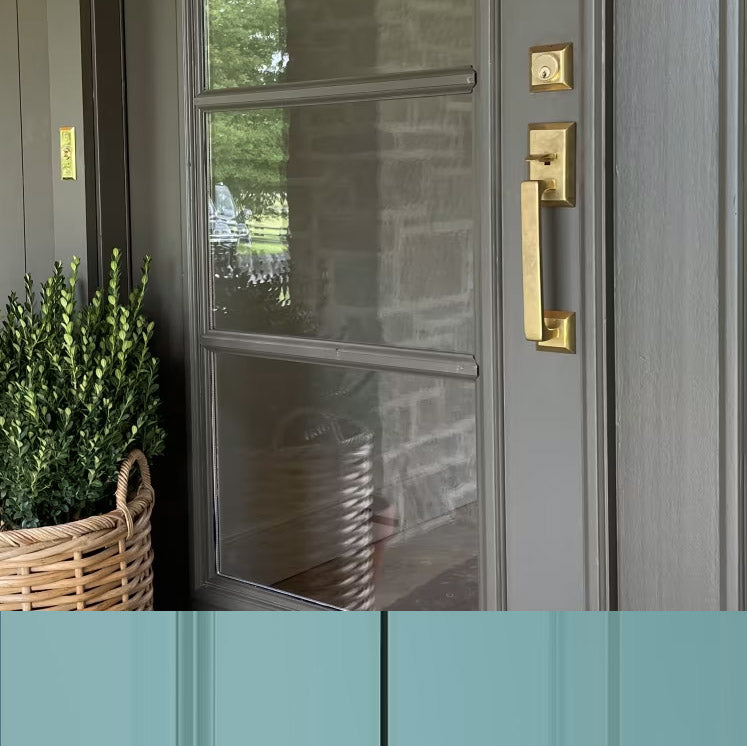
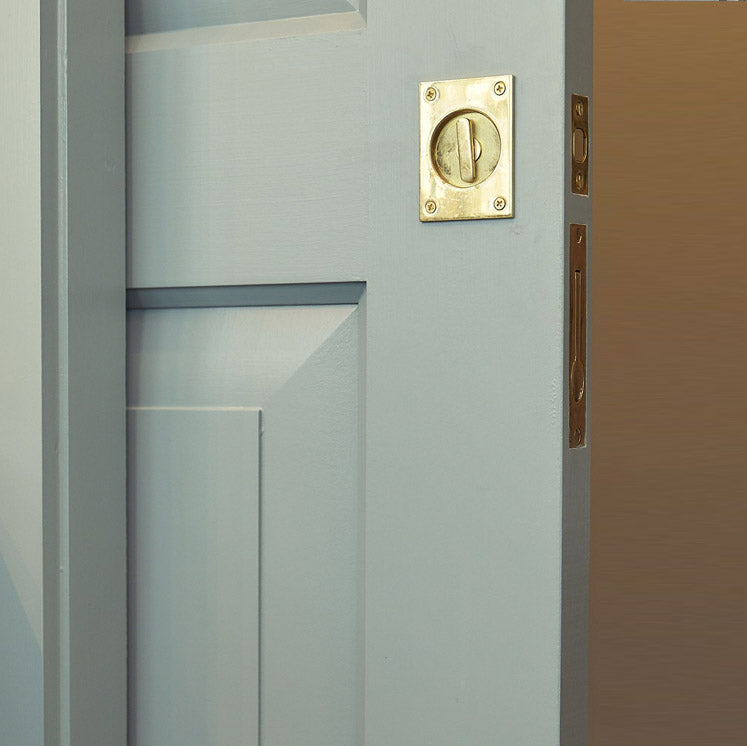

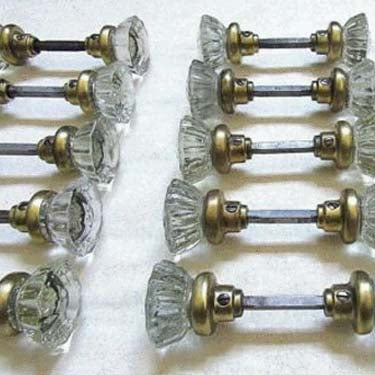

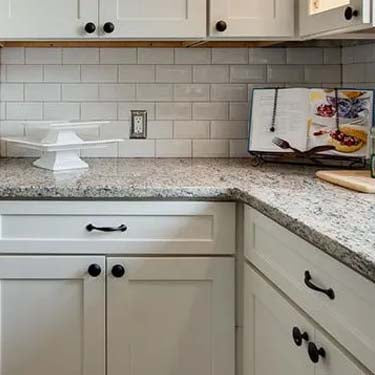


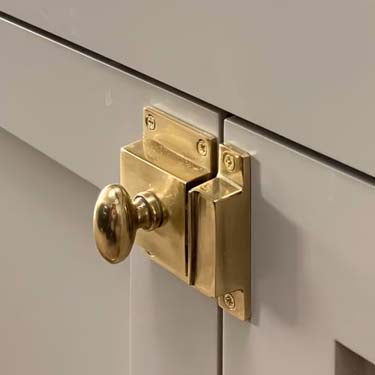
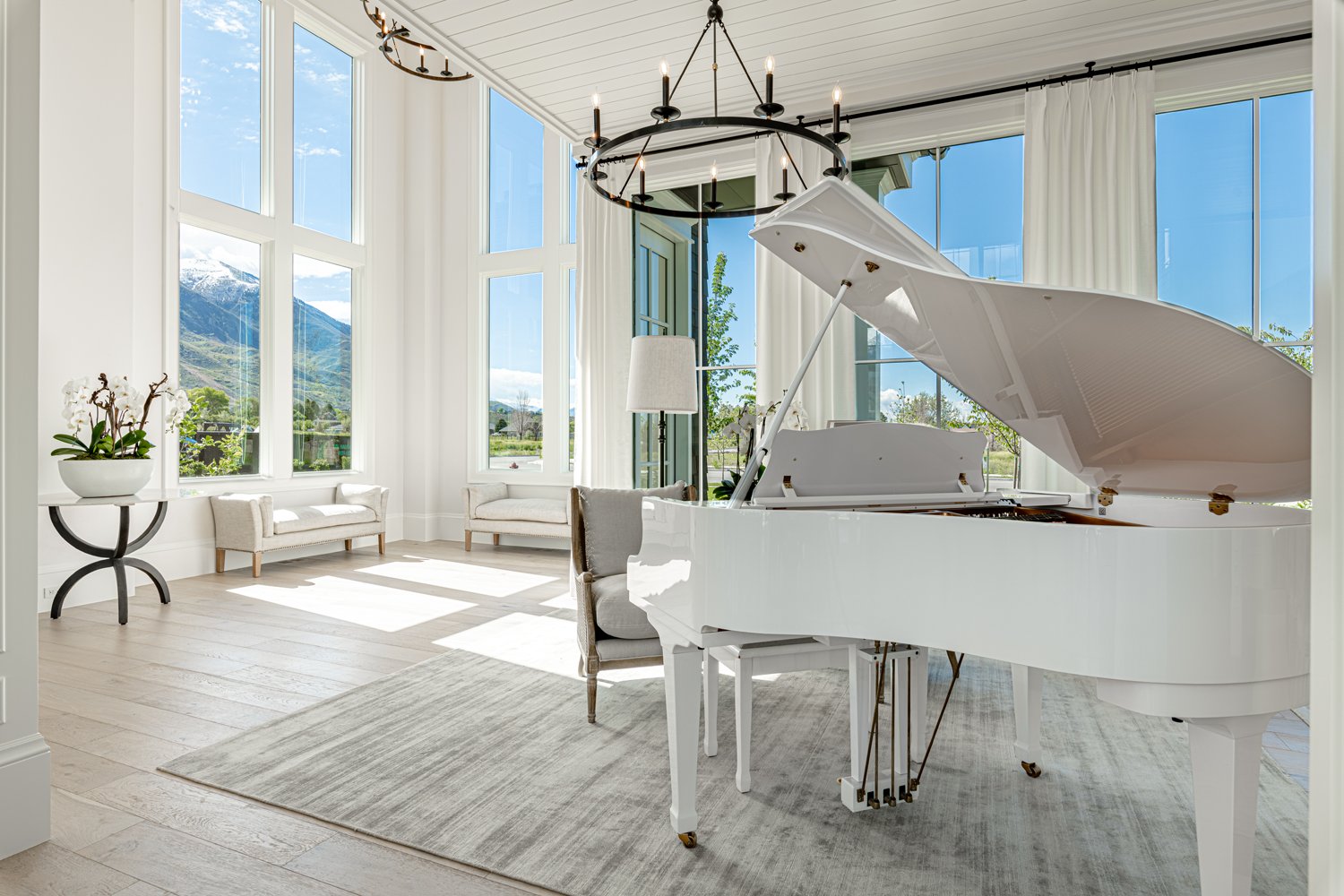
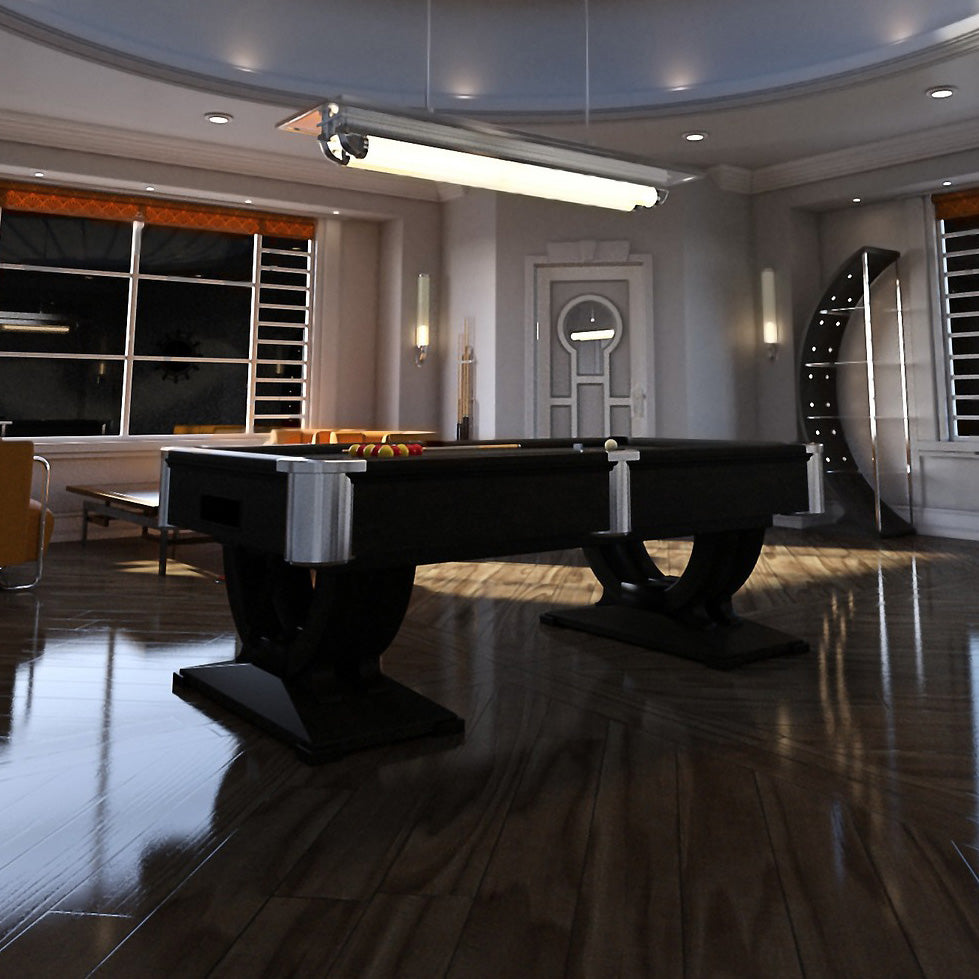
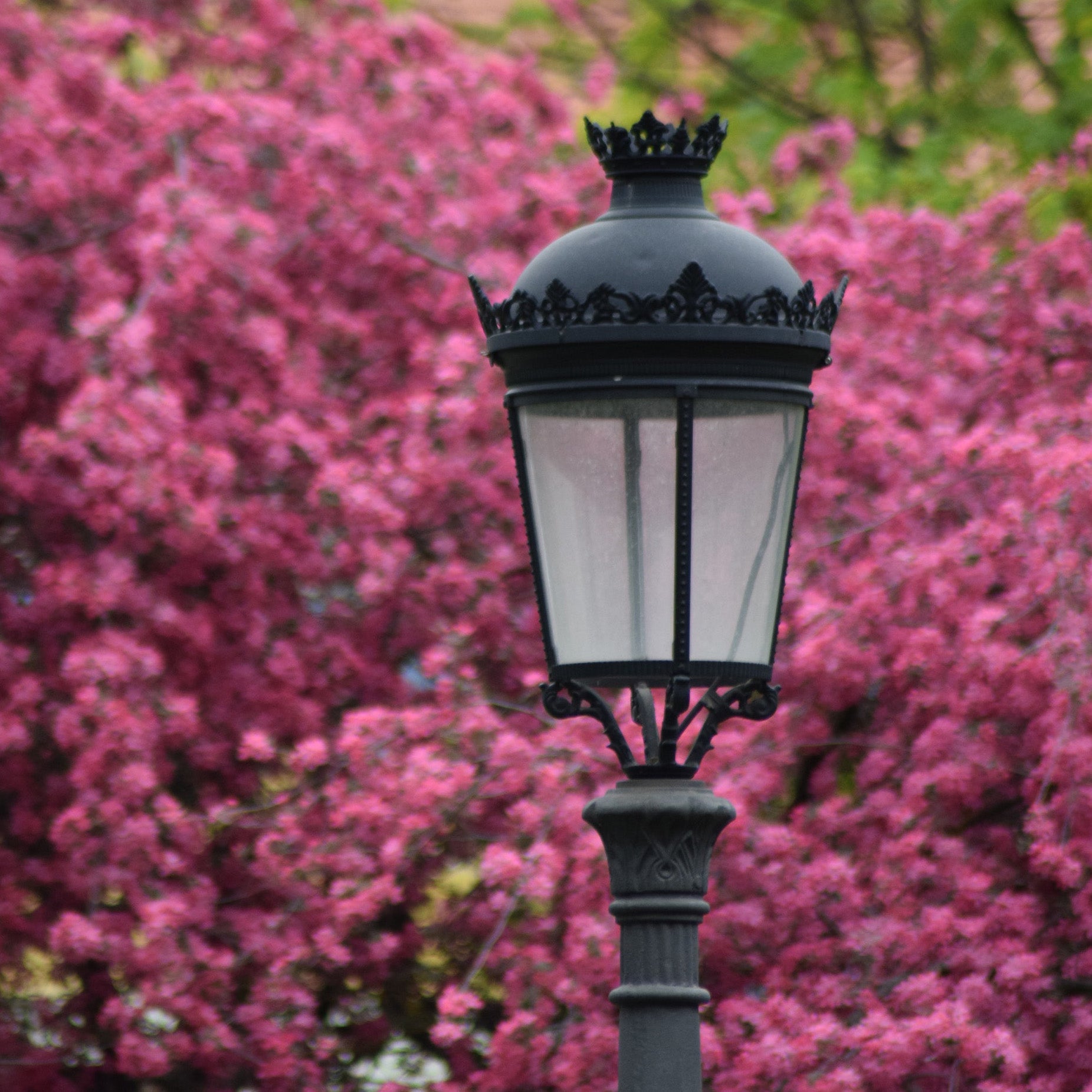

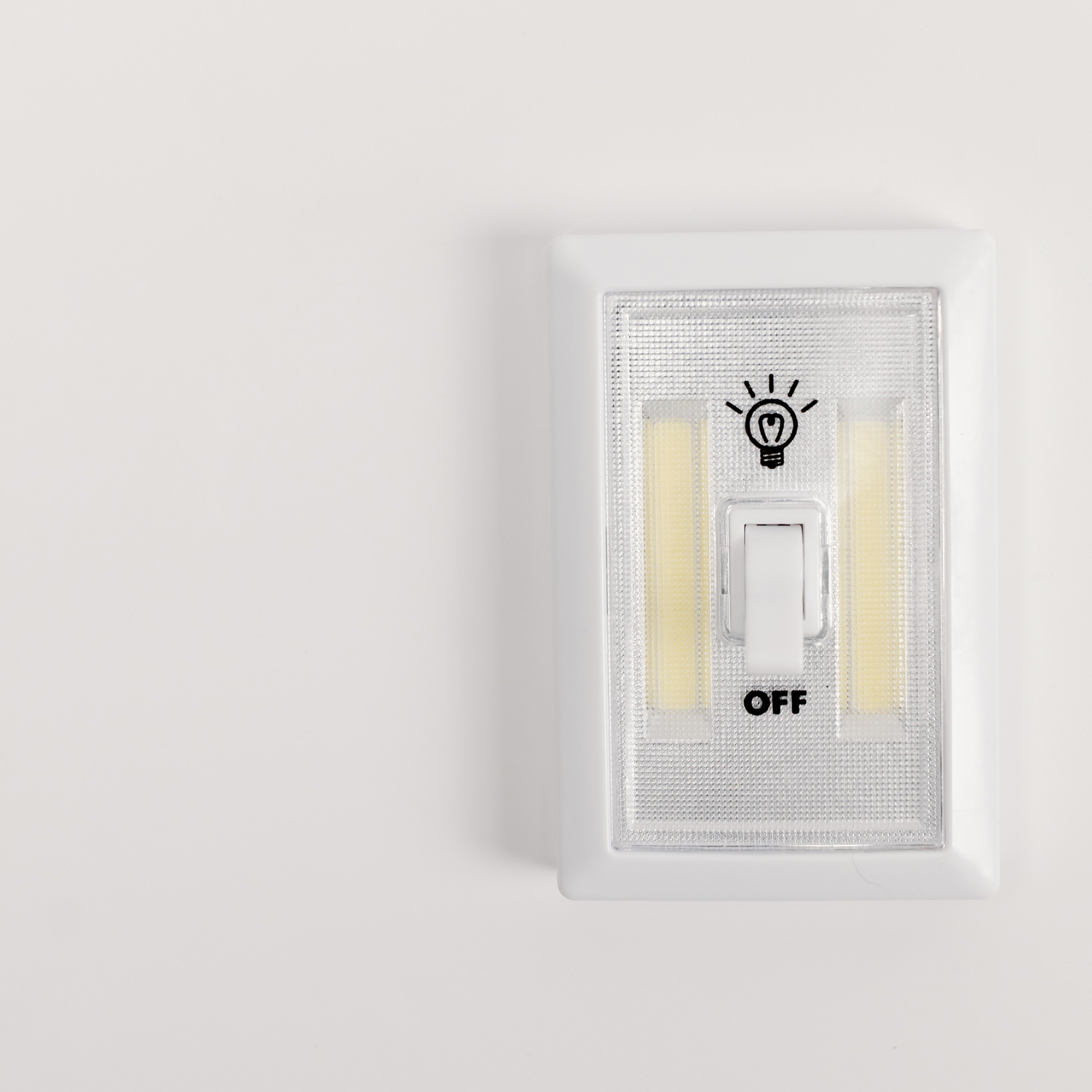
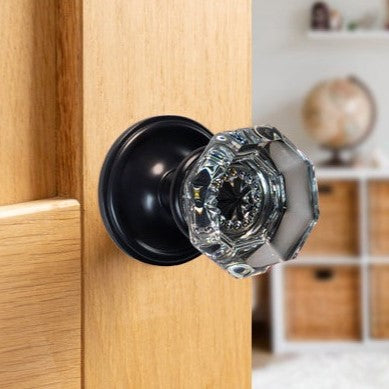

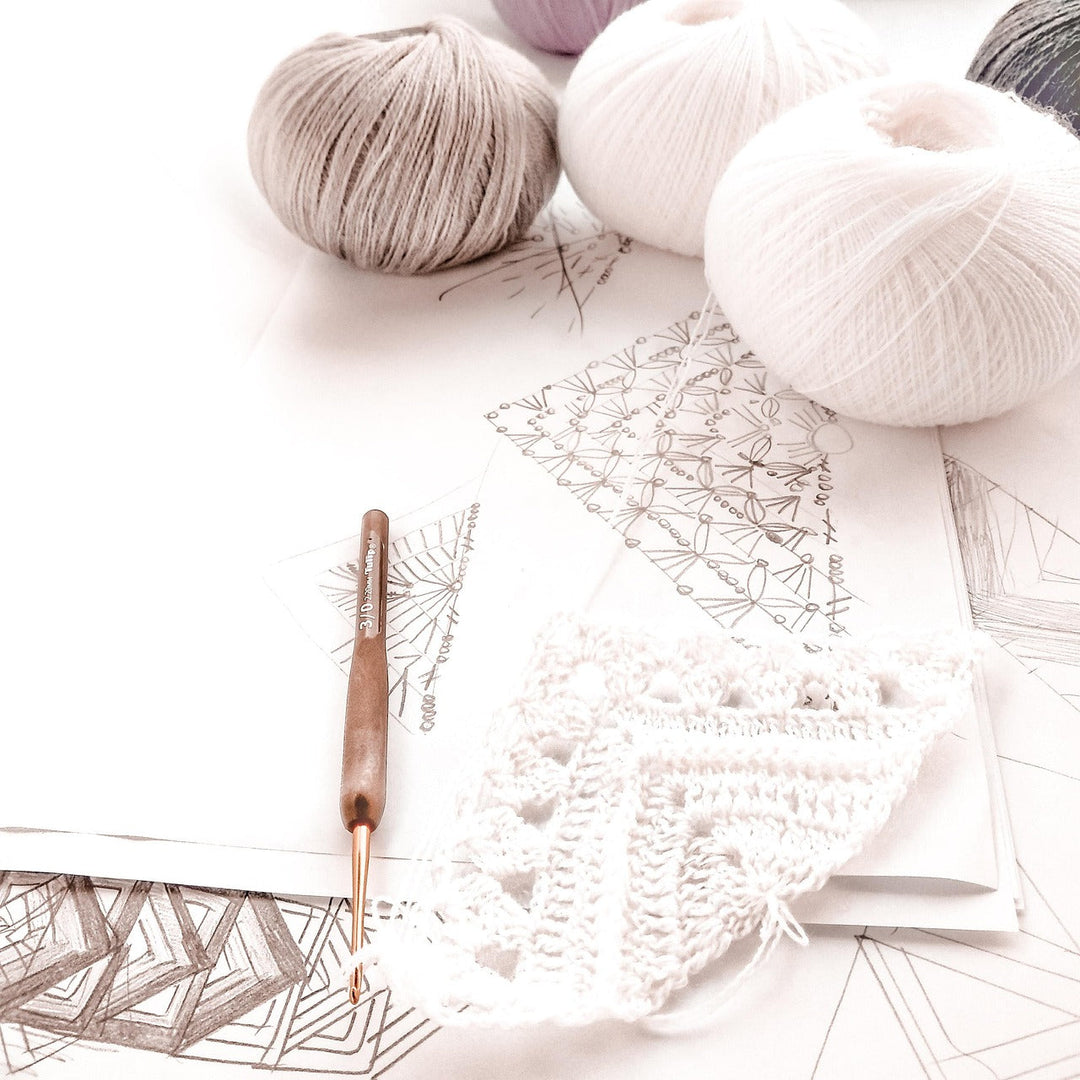
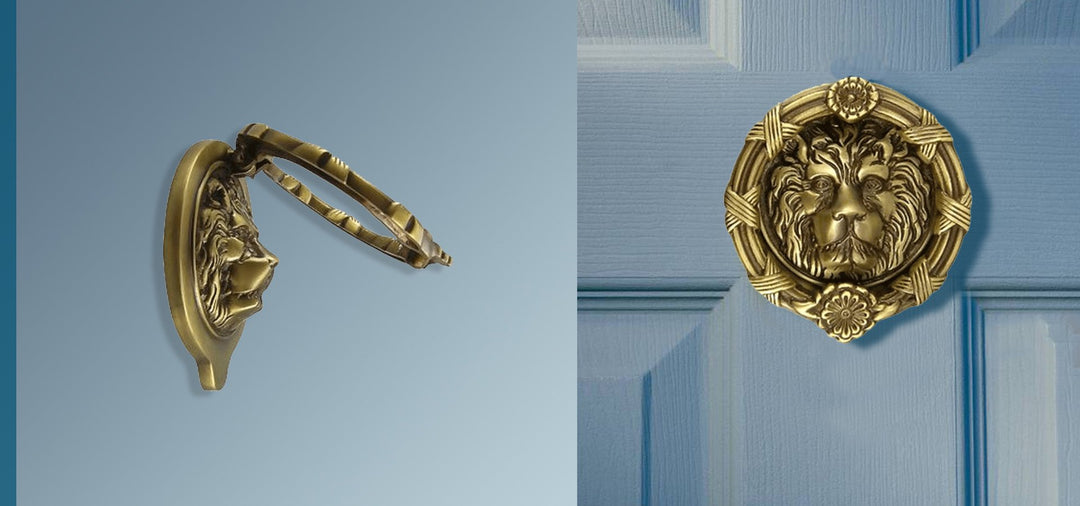
Leave a comment